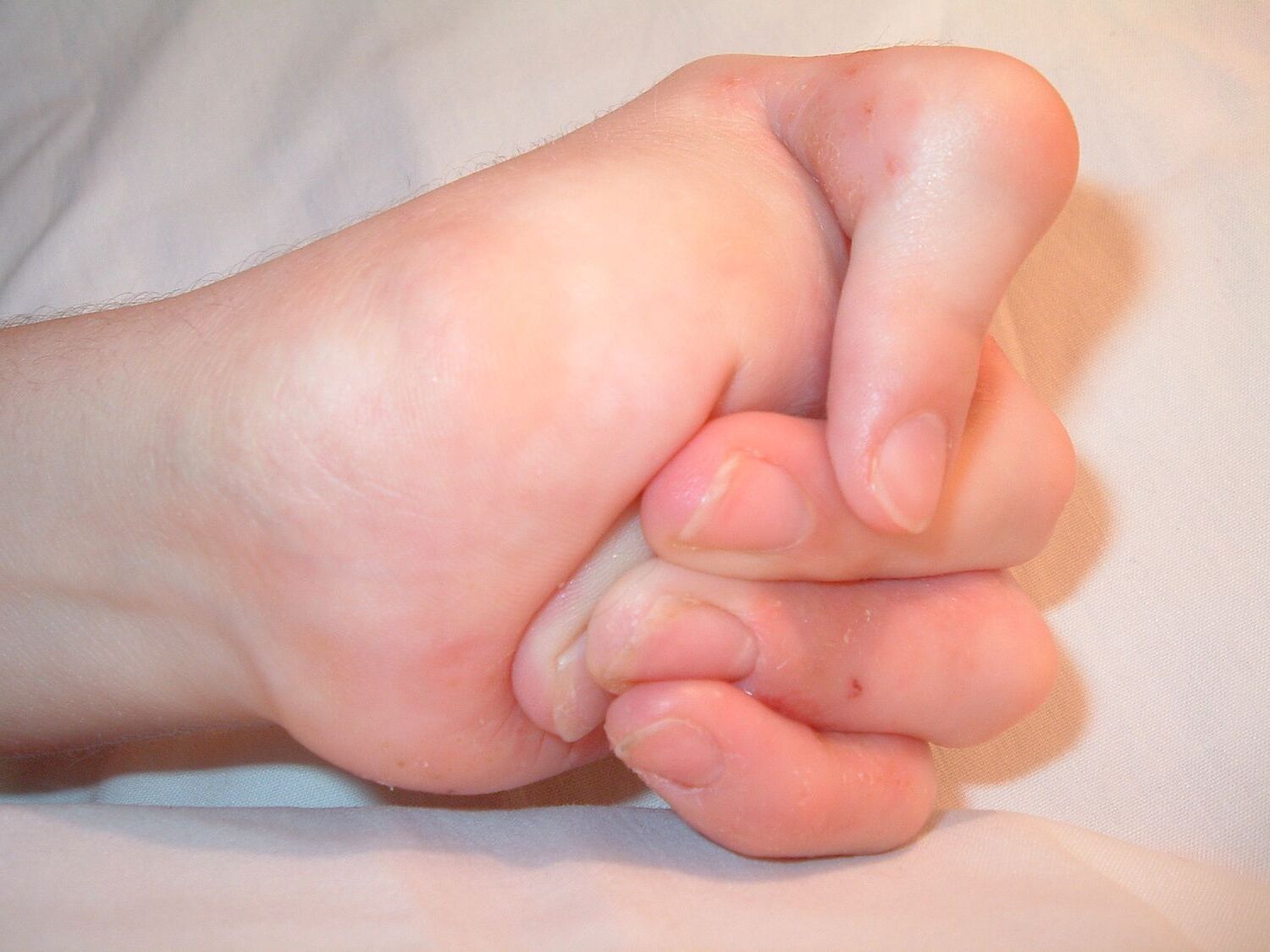
Multiple Congenital Contractures, also known as arthrogryposis, are conditions where multiple joints are stiff or fixed in a bent or straight position. These contractures can affect different parts of the body, including arms, legs, hands, and feet. They often develop before birth and can be detected through prenatal ultrasounds. Causes range from genetic factors to environmental influences during pregnancy. Symptoms vary widely, but common signs include limited joint movement and muscle weakness. Treatment typically involves physical therapy, braces, and sometimes surgery to improve mobility and function. Understanding these facts can help families and caregivers support those affected by this condition.
Key Takeaways:
- Arthrogryposis, or multiple congenital contractures, affects 1 in 3,000 births worldwide and can be caused by genetic mutations or reduced fetal movement. Treatment options include physical therapy and surgical interventions.
- Living with arthrogryposis can be challenging, but adaptive devices, support groups, and early intervention programs can improve quality of life. Ongoing research in gene therapy and stem cells offers hope for future treatments.
What Are Multiple Congenital Contractures?
Multiple congenital contractures, also known as arthrogryposis, refer to a condition where multiple joints are fixed in a bent or straightened position. This can affect various parts of the body, leading to limited movement and flexibility.
-
Arthrogryposis affects approximately 1 in 3,000 live births worldwide.
-
The term "arthrogryposis" comes from Greek words meaning "curved or hooked joints."
-
There are over 400 different types of arthrogryposis, each with unique characteristics.
Causes of Multiple Congenital Contractures
Understanding the causes can help in managing and treating the condition more effectively. Here are some key causes:
-
Genetic mutations are a significant cause of arthrogryposis.
-
Reduced fetal movement during pregnancy can lead to joint contractures.
-
Maternal illnesses like viral infections or diabetes can increase the risk.
Symptoms and Diagnosis
Recognizing the symptoms early can lead to better outcomes. Here are some common symptoms and diagnostic methods:
-
Newborns with arthrogryposis often have stiff joints and muscle weakness.
-
Limited range of motion in affected joints is a primary symptom.
-
Doctors use physical exams and imaging tests like X-rays to diagnose the condition.
Treatment Options
Various treatments can help manage the symptoms and improve quality of life. Here are some common treatments:
-
Physical therapy is crucial for improving joint mobility.
-
Occupational therapy helps children develop daily living skills.
-
Surgical interventions can correct severe joint deformities.
Living with Multiple Congenital Contractures
Living with this condition can be challenging, but many people lead fulfilling lives. Here are some aspects of daily life:
-
Adaptive devices like braces and splints can aid in mobility.
-
Support groups provide emotional and social support.
-
Early intervention programs can improve long-term outcomes.
Research and Future Directions
Ongoing research is vital for developing new treatments and understanding the condition better. Here are some exciting areas of research:
-
Gene therapy holds promise for treating genetic causes of arthrogryposis.
-
Stem cell research may offer new treatment options in the future.
-
Advances in surgical techniques are improving outcomes for patients.
Impact on Families
The condition affects not just the individual but also their families. Here are some ways it impacts families:
-
Caring for a child with arthrogryposis can be emotionally and financially challenging.
-
Siblings may also need support to understand and cope with the condition.
-
Family counseling can help in managing stress and improving family dynamics.
Educational and Social Considerations
Education and social integration are crucial for children with arthrogryposis. Here are some considerations:
-
Individualized Education Programs (IEPs) can help tailor education to the child's needs.
-
Social skills training can improve interactions with peers.
-
Schools may need to make physical accommodations for accessibility.
Inspirational Stories
Many individuals with arthrogryposis have achieved remarkable success. Here are some inspiring stories:
- Some have become motivational speakers, sharing their experiences to inspire others.
Final Thoughts on Multiple Congenital Contractures
Understanding multiple congenital contractures can be challenging, but it's crucial for those affected. These conditions, often present at birth, involve joint stiffness and limited movement. Early diagnosis and intervention can make a significant difference in managing symptoms and improving quality of life. Treatments may include physical therapy, surgery, and assistive devices, tailored to each individual's needs.
Raising awareness about these conditions helps foster a supportive community and encourages further research. Families and caregivers play a vital role in providing care and advocating for those with multiple congenital contractures. By staying informed and connected, we can all contribute to a better understanding and improved outcomes for those living with these conditions.
Remember, every bit of knowledge shared can make a difference. Keep learning, stay supportive, and spread awareness.
Frequently Asked Questions
Was this page helpful?
Our commitment to delivering trustworthy and engaging content is at the heart of what we do. Each fact on our site is contributed by real users like you, bringing a wealth of diverse insights and information. To ensure the highest standards of accuracy and reliability, our dedicated editors meticulously review each submission. This process guarantees that the facts we share are not only fascinating but also credible. Trust in our commitment to quality and authenticity as you explore and learn with us.
